Kalgoorlie Operations
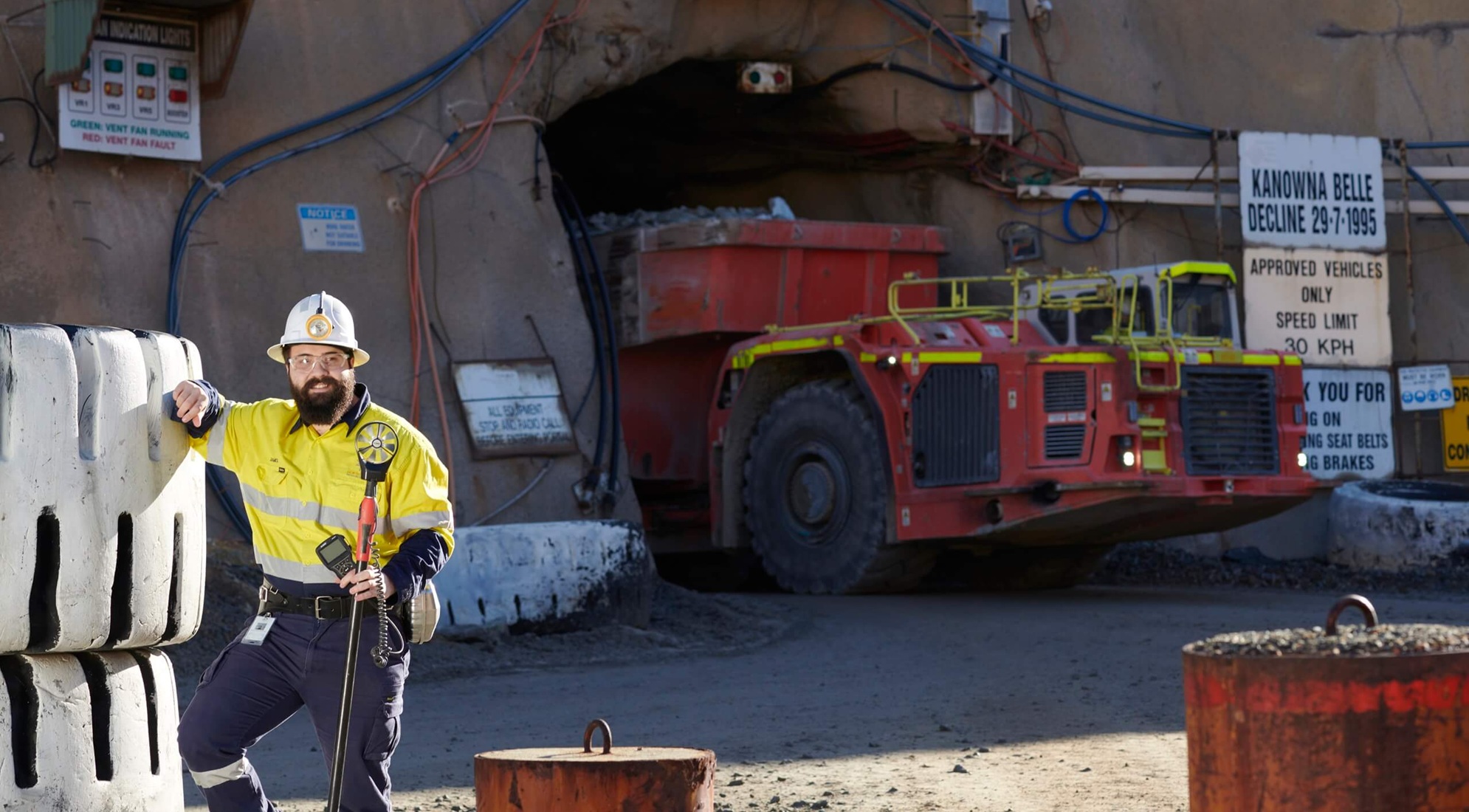
-
20km northeast (KB) and 35km south (SKO) of Kalgoorlie, Western AustraliaLocation
-
UndergroundMine type
-
173kozF25 gold production
-
KB: 1993 SKO: 1987Commenced gold production
-
9,051kozMineral Resources at 31 March 2025
-
1,885kozOre Reserves at 31 March 2025
-
530Employees
-
Residential & FIFOEmployment type
Kalgoorlie Operations consist of the Kanowna Belle Operations (KB) and South Kalgoorlie Operations (SKO).
Kanowna Belle open pit mining commenced in 1993, with full underground production in 1998.
The KB Operations were acquired by Northern Star in 2014.
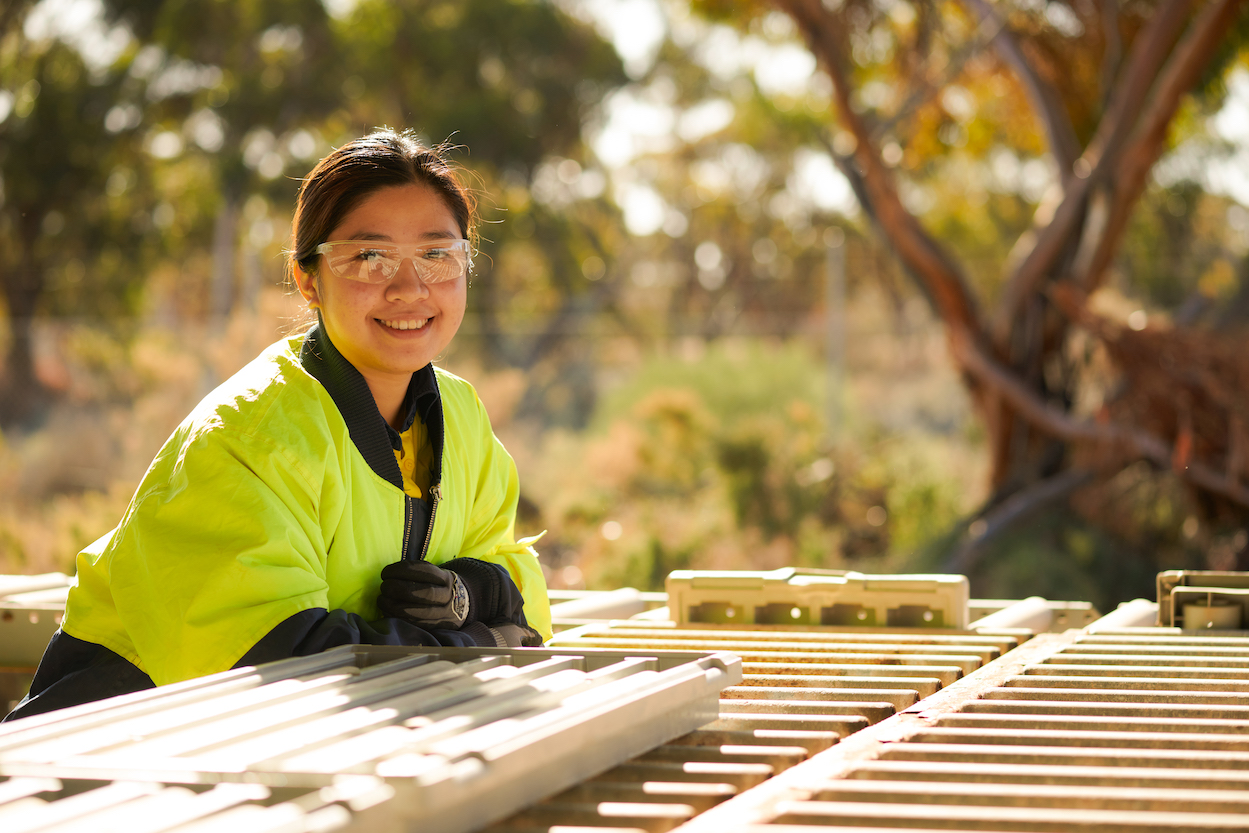
Mineralisation is mainly hosted within a large porphyritic granodiorite body (Kanowna Belle Porphyry) that has intruded a sequence of sedimentary and volcaniclastic rocks.
Gold mineralisation is associated with the Fitzroy Shear Zone and characterised by quartz-carbonate stockwork veins, breccia zones, sulphide-quartz-carbonate stringers and sheeted vein arrays.
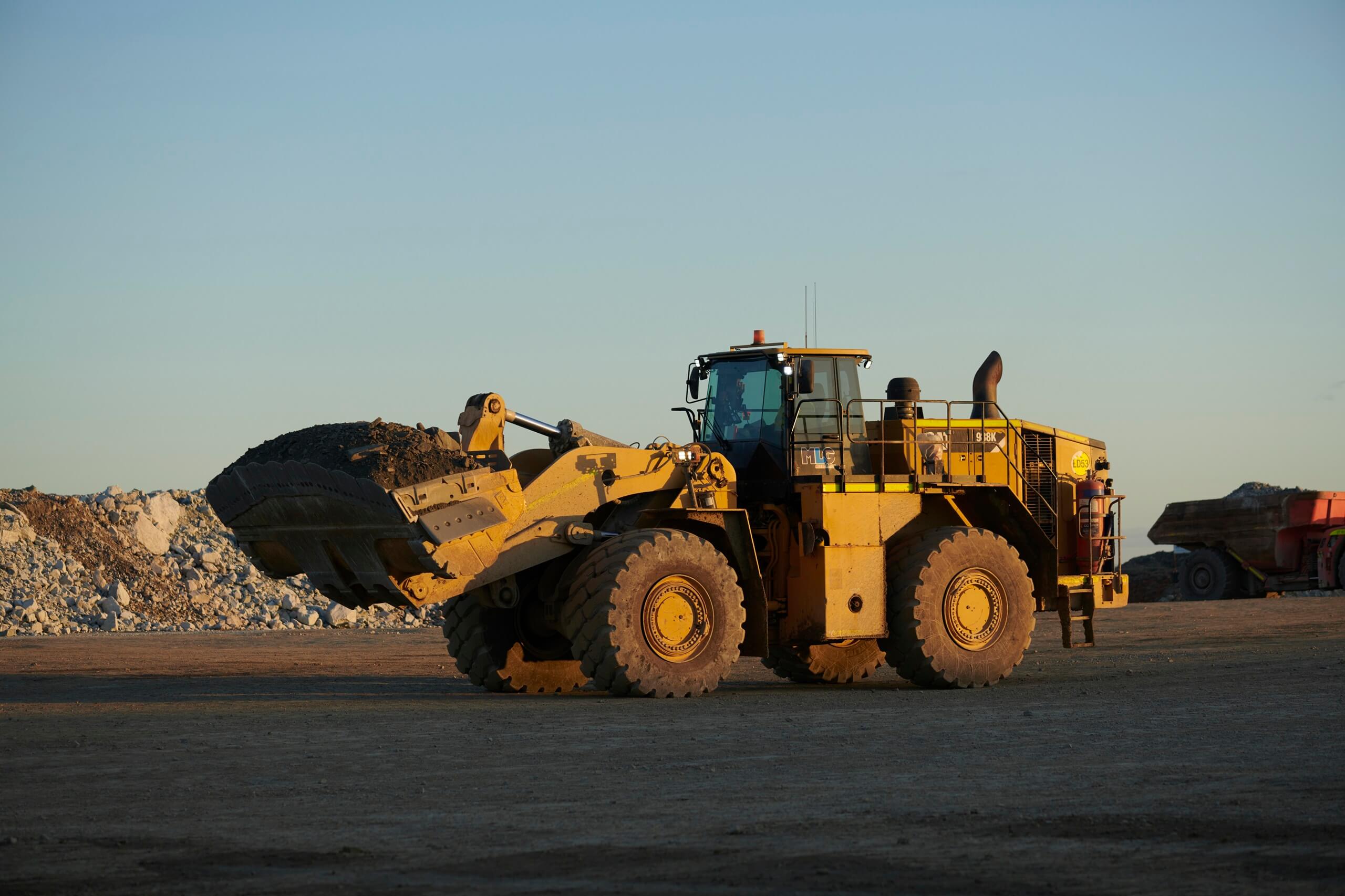
The mining method at Kanowna is a form of modified open stoping which is sequenced and driven on a stope-by-stope basis by geotechnical considerations. The open stopes are backfilled with paste utilising tailings from the Kanowna Belle Mill.
The ore is accessed on a level spacing of 30 metres, with development of footwall, and ore drives to enable long hole open stoping. The mine is subdivided vertically in mining blocks of nominally 150 to 250 vertical metres (3 to 5 Mt).
Mining is undertaken by our mining services division, Northern Star Mining Services (NSMS).
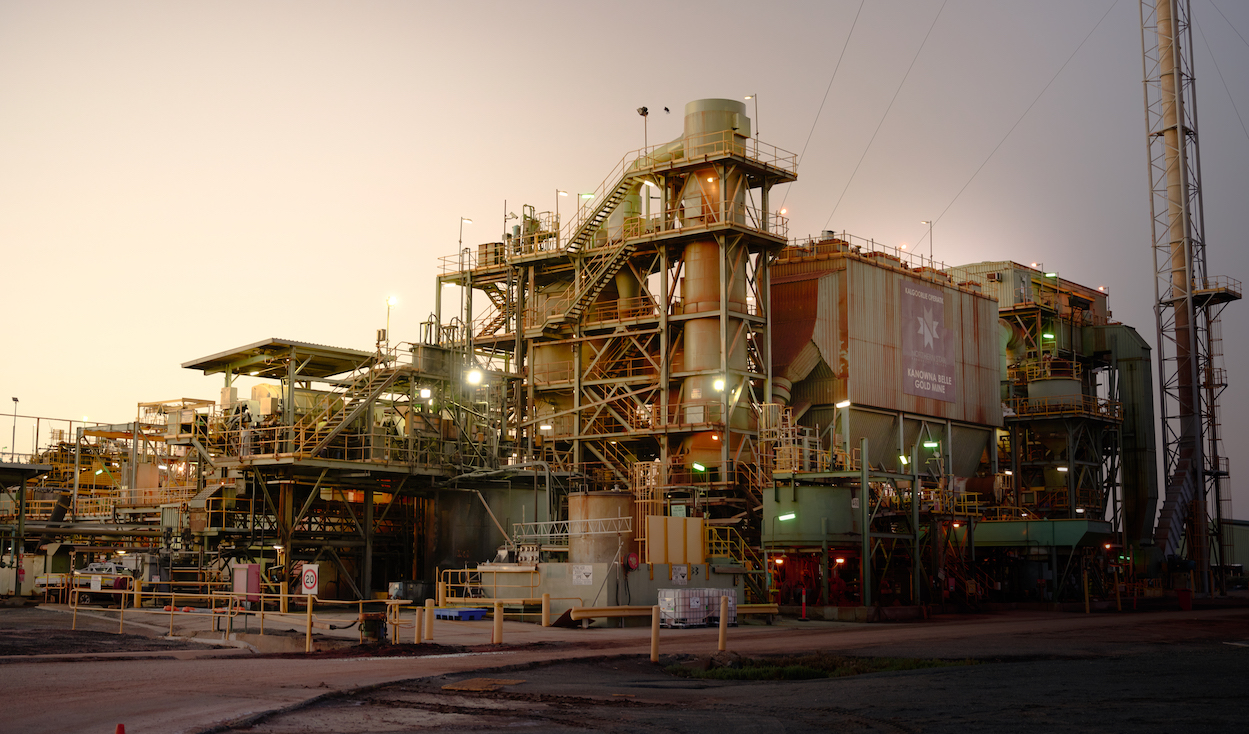
The Kanowna Belle processing facilities are located adjacent to the Kanowna Belle mine and are designed to process 2Mtpa. The plant can treat a range of ores through the flotation circuit and associated concentrate roaster circuit, including carbon-in-leach (CIL) gold recovery, or bypassing the flotation circuit and going directly to a CIL circuit that is designed to treat flotation tails.
The South Kalgoorlie Operations (SKO) were acquired by Northern Star in 2018.
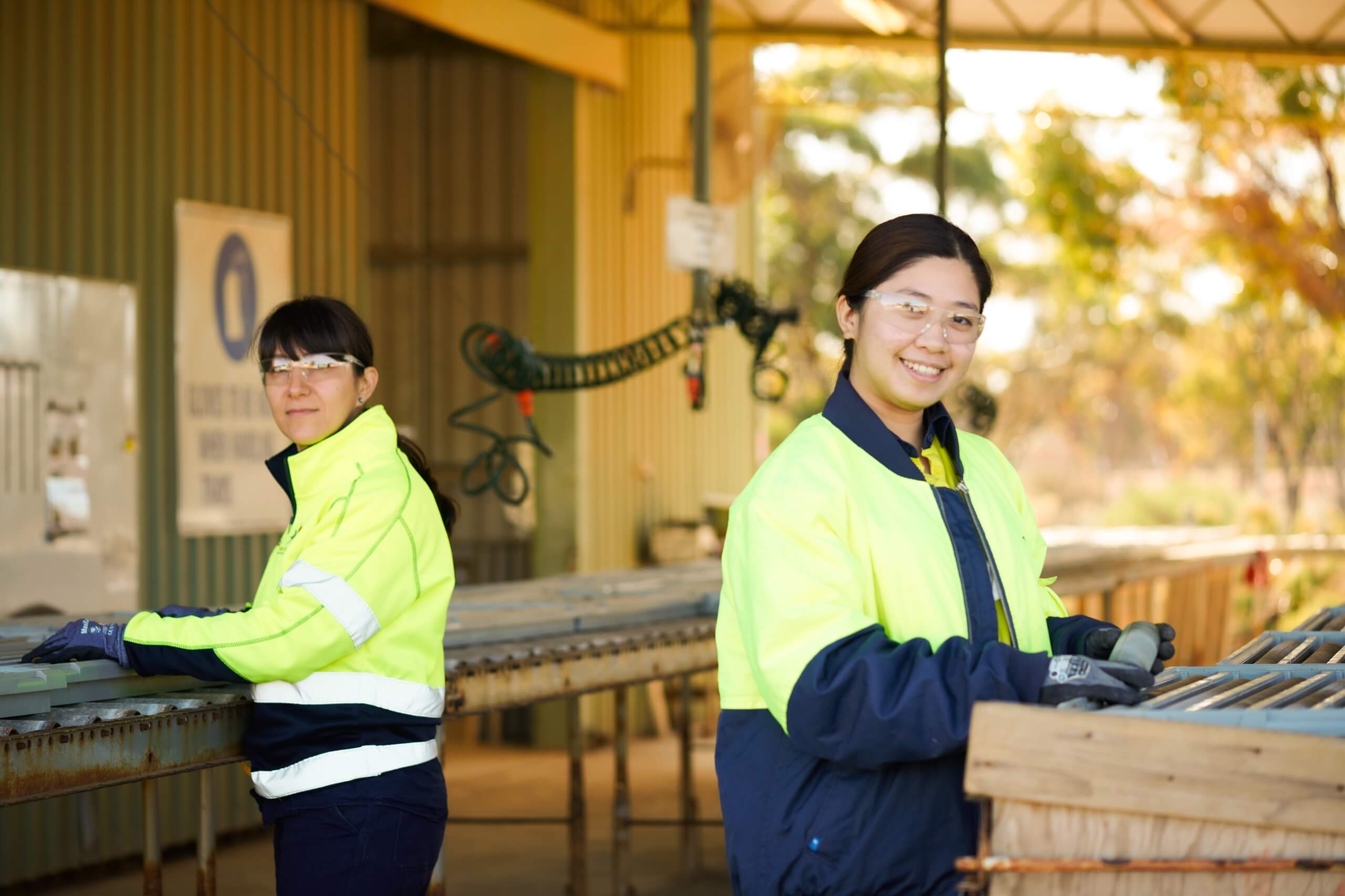
SKO is located within the Eastern Goldfields Superterrane. The greenstone sequence consists of a mafic to ultramafic volcanic succession that is overlain by an intermediate to felsic volcano-sedimentary sequence.
Mineralised shear zones are often associated with fertile sulphidised intrusive porphyries and layered mafic intrusions that provide a chemical and rheological contrast.
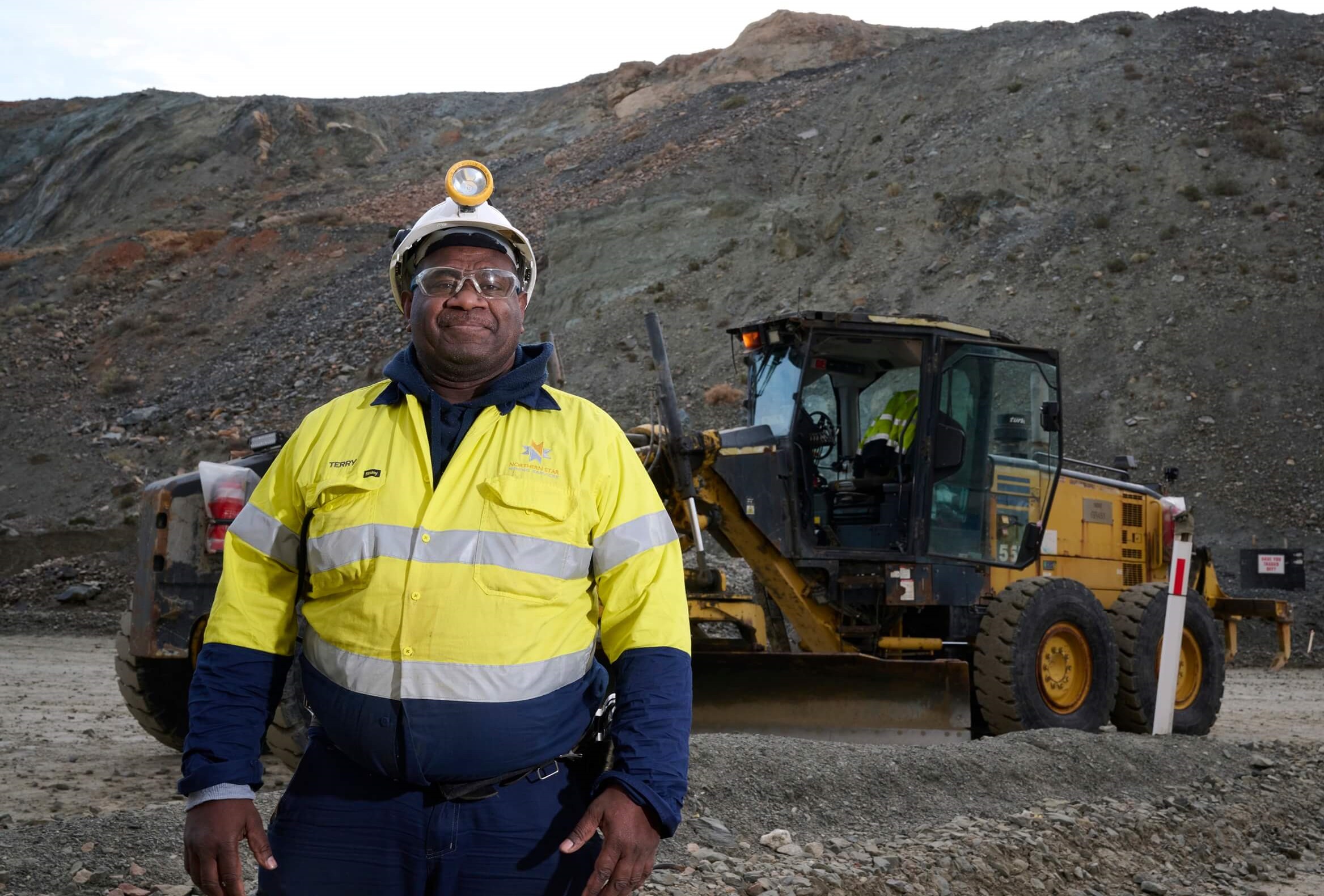
Mining at SKO is focussed on the HBJ underground mine.
The HBJ gold deposit is mined by a top-down long hole open stoping (LHOS) method with the orebody accessed through the hanging wall by a central access from which north and south drives are developed.
Paste fill operations commenced in 2024 allowing for full extraction of the high grade Mutooroo North underground lodes.
Mining is undertaken by our mining services division, Northern Star Mining Services (NSMS).
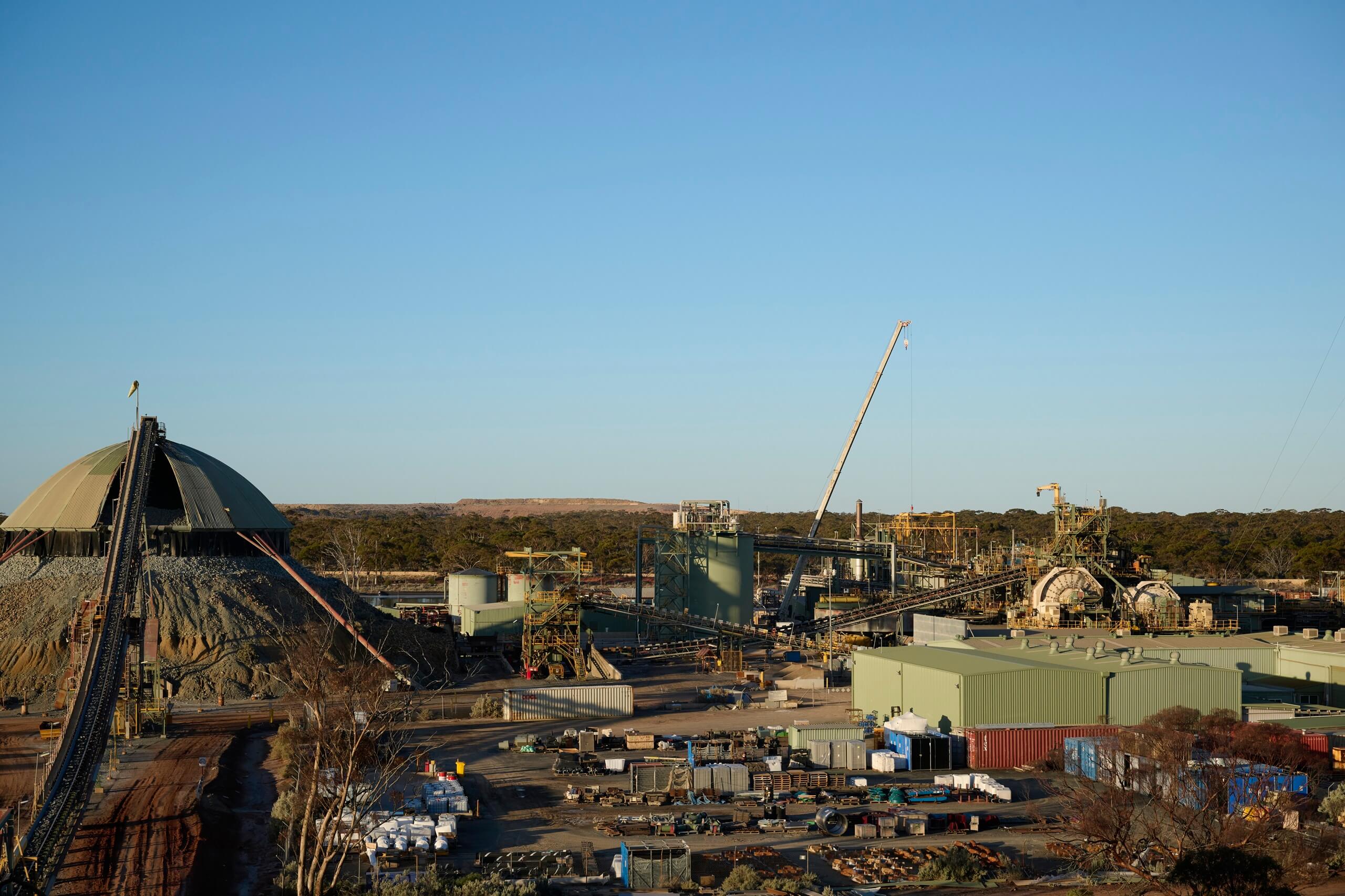
The Jubilee processing plant is a conventional CIL plant with a hard rock processing capacity of up to 1.2Mtpa of free milling gold ore at an overall gold recovery of approximately ~90%.
The Jubilee Mill was placed on care & maintenance during the September 2023 quarter, and the workforce successfully redeployed across the KCGM and Kanowna Belle Operations.







